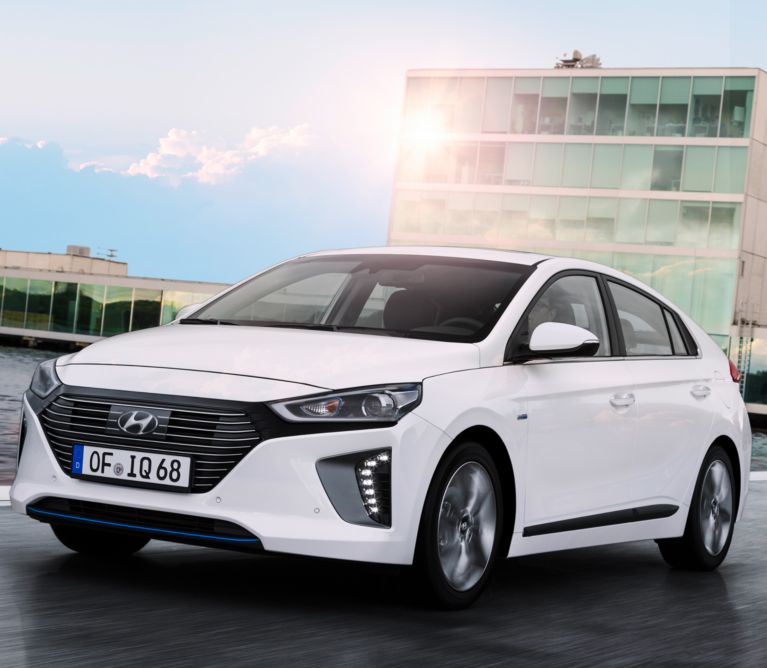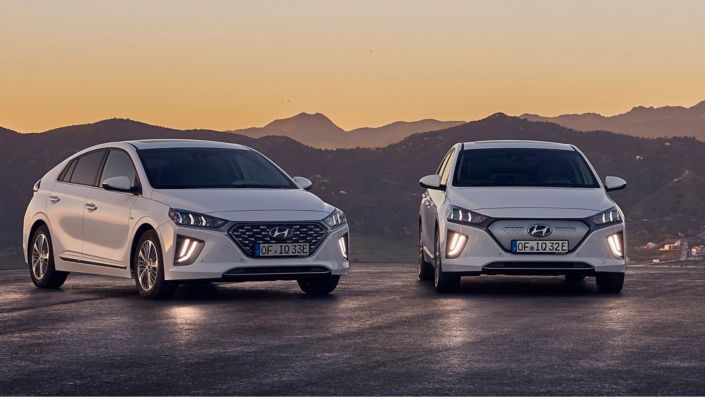In today's terms, a hybrid generally refers to a car that combines a petrol-fuelled internal combustion engine and a battery-powered electric motor. Over the decades, other combinations fit the description, but the goal was the same; to power a car that could perform, and was both affordable and sustainable.
For the first time, Hyundai introduces a car that offers motorists a choice of electric powertrains. The Hyundai IONIQ represents a new step in the development of electric-hybrid technology, the history of which goes back further than many might think.
For the first time, Hyundai introduces a car that offers motorists a choice of electric powertrains. The Hyundai IONIQ represents a new step in the development of electric-hybrid technology, the history of which goes back further than many might think.
Press material
Inventors and engineers have experimented with electric-powered cars throughout the history of automobiles. Now, the introduction of Hyundai’s IONIQ is the newest chapter in the hybrid story.
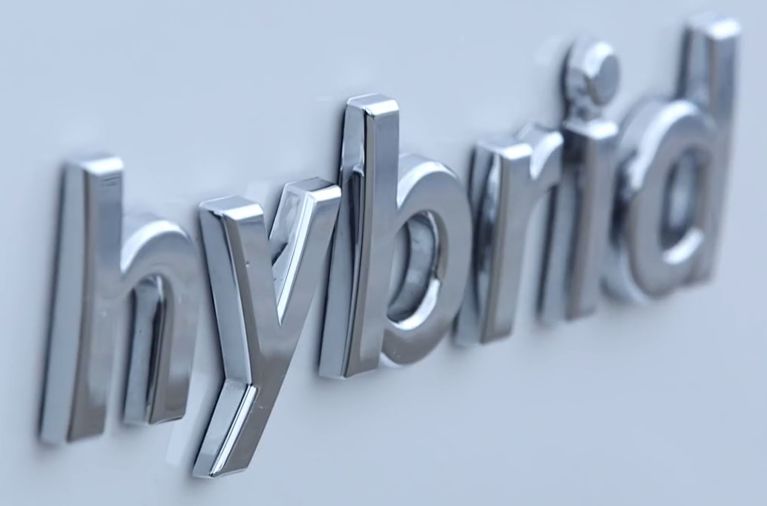
Electric cars as a solution
Traffic pollution in cities is not a 21st century phenomenon. It might seem hard to believe, but over 100 years ago, society faced similar problems, and just as it is today, one solution was electric-powered vehicles.
By 1900, New York City faced a huge pollution issue – caused by horses. According to the Electric Auto Association, city authorities had to deal with millions of kilogrammes of waste on a daily basis, along with the removal of up to 15,000 dead horses each year.
As more and more cars began to become visible on the streets, engineers needed ways to power them. A poll at the National Automobile Show in the Big Apple at the turn of the century showed people's first choice for automobiles was electricity followed closely by steam.

Early wheeled vehicles were steam-powered but weren’t big enough to carry people. The late 18th Century saw the invention of self-propelled vehicles capable of transporting people and cargo. In Europe, the centre of automobile innovation shifted from France to Great Britain but soon crossed the Atlantic to the United States.
In the late 19th and early 20th centuries, inventors experimented with several ways to power the increasing number of automobiles. These included using steam, fossil fuels, and electricity.
Electricity was the preferred method for many as it offered a greater degree of comfort and the vehicles were easier to operate than petrol-powered cars of the time. The Electric Auto Association states that in the late 1890s, electric vehicles outsold petrol cars by ten to one.
Inventors experimented with electric motors throughout the 19th Century but early incarnations were powered by non-rechargeable cells. German Andreas Flocken’s Flocken Elektrowagen from 1888 is noted by many as the first real electric car in the world.
Most regard designer Ferdinand Porsche’s Lohner-Porsche Elektromobil as the first hybrid electric vehicle. Initially a purely electric model which debuted at the Paris Exhibition in 1900, the Mixte Hybrid was introduced a year later and replaced the huge battery pack with an internal combustion engine which powered the electric wheel motor hubs.
Electric cars were easier to operate
In the late 19th and early 20th centuries, inventors experimented with several ways to power the increasing number of automobiles. These included using steam, fossil fuels, and electricity.
Electricity was the preferred method for many as it offered a greater degree of comfort and the vehicles were easier to operate than petrol-powered cars of the time. The Electric Auto Association states that in the late 1890s, electric vehicles outsold petrol cars by ten to one.
Inventors experimented with electric motors throughout the 19th Century but early incarnations were powered by non-rechargeable cells. German Andreas Flocken’s Flocken Elektrowagen from 1888 is noted by many as the first real electric car in the world.
Most regard designer Ferdinand Porsche’s Lohner-Porsche Elektromobil as the first hybrid electric vehicle. Initially a purely electric model which debuted at the Paris Exhibition in 1900, the Mixte Hybrid was introduced a year later and replaced the huge battery pack with an internal combustion engine which powered the electric wheel motor hubs.
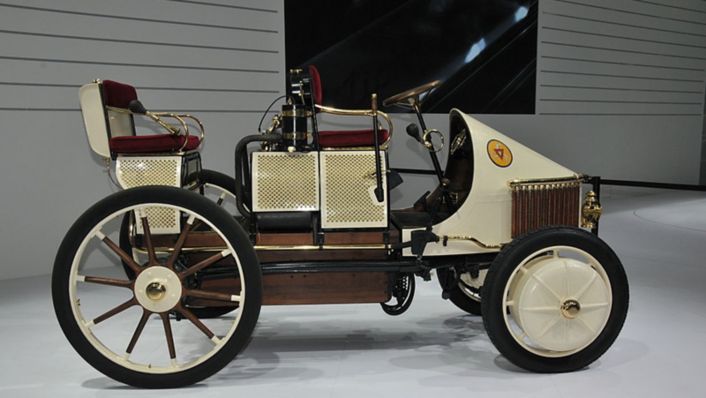
Advances in internal combustion technology
Improvements in production processes soon saw an explosion in petrol-powered vehicles. Advances in internal combustion technology soon meant petrol-powered cars could travel farther and refuel quicker thanks to a growing petroleum infrastructure. The mass production of these type of cars reduced their prices to less than half that of equivalent electric cars.
However, inventors and engineers continued to seek ways to combine fuel sources. As the 20th Century rolled on, the environmental impact of global traffic soon became apparent, coupled with transforming events such as conflicts and oil crises.
Electric vehicles hadn’t completely gone away. In 1971 the first manned vehicle to be driven on the moon, the Lunar Rover, was an electric vehicle with two 36-volt silver-zinc potassium hydroxide non-rechargeable batteries powering motors in each wheel.
As the millennium drew to close, green-conscious minds were concentrated on the fact that society needed new sustainable and fuel-efficient ways to travel. By the 2000s, the age of the hybrid had begun to emerge culminating in what we are seeing today; hybrid and electric cars that are mass-produced, affordable, and compare more than favourably with conventionally-powered vehicles.
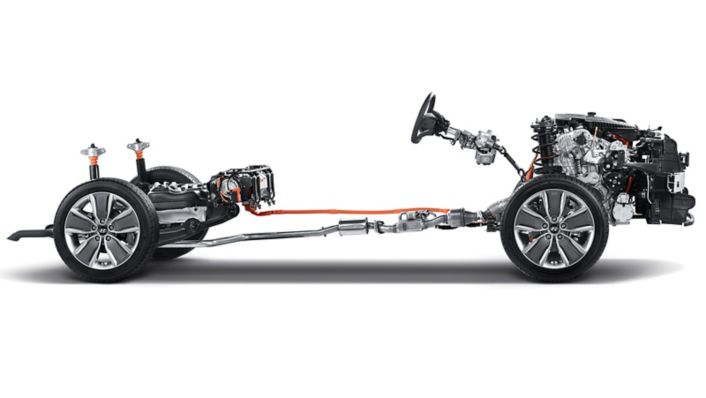
Hyundai is at the forefront of this exciting new development
Hyundai has placed itself at the forefront of this exciting new development in the auto industry. The Hyundai IONIQ is the world’s first car to offer hybrid, plug-in hybrid and all-electric powertrains. For the first time, drivers have a choice of electric power sources in one model.
The question of battery size has occupied the minds of engineers going back to the Mixte Hybrid in 1901. Proving how far the industry has come, the powertrain components in the IONIQ are designed to be compact and highly efficient. The battery system is located underneath the rear seats to maximise the usability of the cabin and cargo areas.
And just as electric vehicles offered an alternative to pollution-causing horses in early 20th Century New York, the IONIQ is a low to zero emission choice for today’s motorists. The IONIQ Hybrid provides class-leading fuel efficiency and low CO2 emissions, while the electric motor enables the car to operate in pure electric mode at speeds up to 120 km/h.
Combining performance and innovative technology with award-winning style, the IONIQ is proof of Hyundai’s ambition to become one of the leading brands for electrified vehicles in Europe.


